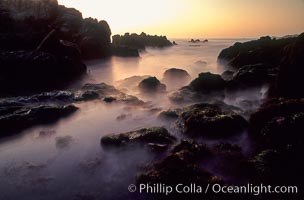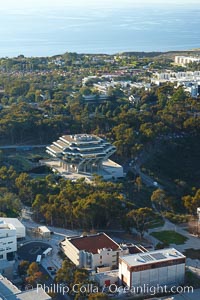
University of California San Diego, with Geisel Library (UCSD Main library) seen amid a grove of eucalyptus trees, with the Pacific Ocean in the distance.
Location: La Jolla, California
Image ID: 22414
Location: La Jolla, California
Image ID: 22414
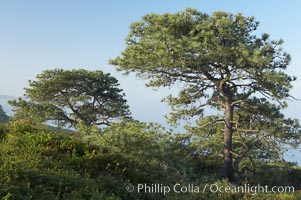
Torrey Pines overlook the Pacific Ocean at Torrey Pines State Reserve, San Diego. The Torrey Pine is the rarest native pine tree in the United States, is native to the coastal chaparral of San Diego County. A subspecies of the Torrey Pine is found in a small grove on Santa Rosa island, one of Californias Channel Islands.
Species: Torrey pine tree, Pinus torreyana
Location: Torrey Pines State Reserve, San Diego, California
Image ID: 12037
Species: Torrey pine tree, Pinus torreyana
Location: Torrey Pines State Reserve, San Diego, California
Image ID: 12037
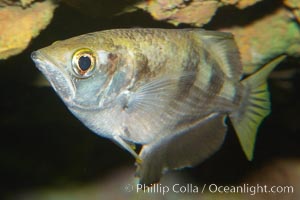
Banded archerfish. The banded archerfish is known for its ability to shoot down resting insects by spitting a jet of water. Large archerfishes can hit a target 2-3m away. Archerfishes have adaptations to the mouth which enable spitting. When a banded archerfish shoots a jet of water, it raises its tongue against the roof of the mouth forming a tube. The gill covers quickly close forcing water along the tube. This species mostly lives in mangrove and estuarine habitats throughout much of the Indo-Pacific.
Species: Banded archerfish, Toxotes jaculatrix
Image ID: 12902
Species: Banded archerfish, Toxotes jaculatrix
Image ID: 12902
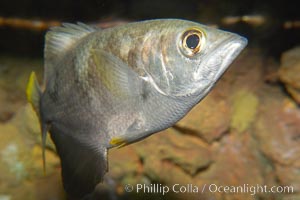
Banded archerfish. The banded archerfish is known for its ability to shoot down resting insects by spitting a jet of water. Large archerfishes can hit a target 2-3m away. Archerfishes have adaptations to the mouth which enable spitting. When a banded archerfish shoots a jet of water, it raises its tongue against the roof of the mouth forming a tube. The gill covers quickly close forcing water along the tube. This species mostly lives in mangrove and estuarine habitats throughout much of the Indo-Pacific.
Species: Banded archerfish, Toxotes jaculatrix
Image ID: 12903
Species: Banded archerfish, Toxotes jaculatrix
Image ID: 12903
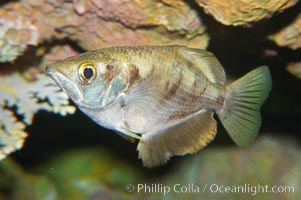
Banded archerfish. The banded archerfish is known for its ability to shoot down resting insects by spitting a jet of water. Large archerfishes can hit a target 2-3m away. Archerfishes have adaptations to the mouth which enable spitting. When a banded archerfish shoots a jet of water, it raises its tongue against the roof of the mouth forming a tube. The gill covers quickly close forcing water along the tube. This species mostly lives in mangrove and estuarine habitats throughout much of the Indo-Pacific.
Species: Banded archerfish, Toxotes jaculatrix
Image ID: 12904
Species: Banded archerfish, Toxotes jaculatrix
Image ID: 12904
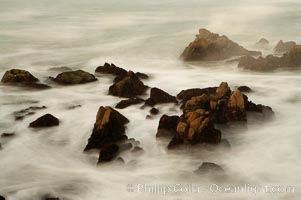
Waves breaking over rocks appear as a foggy mist in this time exposure. Pacific Grove.
Location: Lovers Point, Pacific Grove, California
Image ID: 14908
Location: Lovers Point, Pacific Grove, California
Image ID: 14908
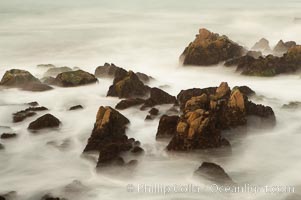
Waves breaking over rocks appear as a foggy mist in this time exposure. Pacific Grove.
Location: Lovers Point, Pacific Grove, California
Image ID: 14909
Location: Lovers Point, Pacific Grove, California
Image ID: 14909
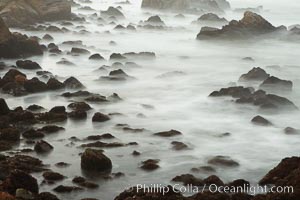
Waves breaking over rocks appear as a foggy mist in this time exposure. Pacific Grove.
Location: Lovers Point, Pacific Grove, California
Image ID: 14910
Location: Lovers Point, Pacific Grove, California
Image ID: 14910
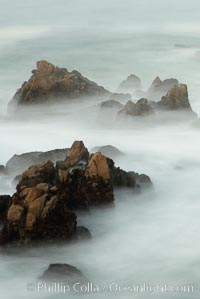
Waves breaking over rocks appear as a foggy mist in this time exposure. Pacific Grove.
Location: Lovers Point, Pacific Grove, California
Image ID: 14911
Location: Lovers Point, Pacific Grove, California
Image ID: 14911
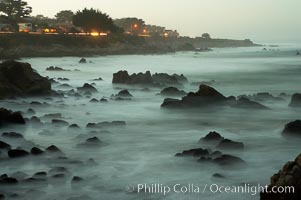
Waves breaking over rocks appear as a foggy mist in this time exposure. Pacific Grove.
Location: Lovers Point, Pacific Grove, California
Image ID: 14912
Location: Lovers Point, Pacific Grove, California
Image ID: 14912
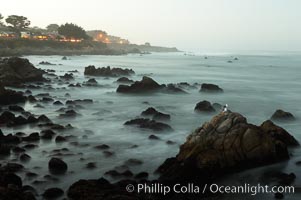
Waves breaking over rocks appear as a foggy mist in this time exposure. Pacific Grove.
Location: Lovers Point, Pacific Grove, California
Image ID: 14913
Location: Lovers Point, Pacific Grove, California
Image ID: 14913
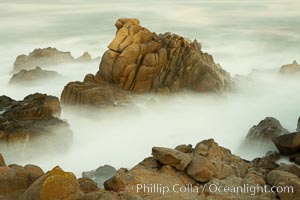
Waves breaking over rocks appear as a foggy mist in this time exposure. Pacific Grove.
Location: Lovers Point, Pacific Grove, California
Image ID: 14914
Location: Lovers Point, Pacific Grove, California
Image ID: 14914
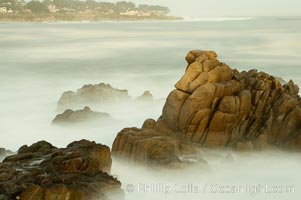
Waves breaking over rocks appear as a foggy mist in this time exposure. Pacific Grove.
Location: Lovers Point, Pacific Grove, California
Image ID: 14915
Location: Lovers Point, Pacific Grove, California
Image ID: 14915
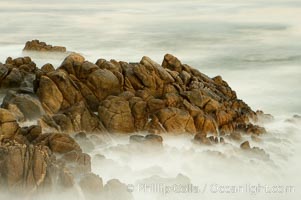
Waves breaking over rocks appear as a foggy mist in this time exposure. Pacific Grove.
Location: Lovers Point, Pacific Grove, California
Image ID: 14916
Location: Lovers Point, Pacific Grove, California
Image ID: 14916
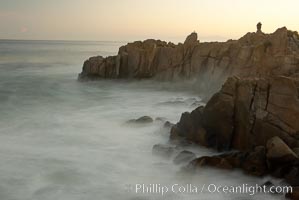
Lovers Point, Pacific Grove. A couple admires the sunrise atop Lovers Point in Pacific Grove. Waves breaking over rocks appear as a foggy mist in this time exposure. Pacific Grove.
Location: Lovers Point, Pacific Grove, California
Image ID: 14917
Location: Lovers Point, Pacific Grove, California
Image ID: 14917
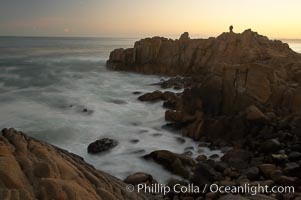
Lovers Point, Pacific Grove. A couple admires the sunrise atop Lovers Point in Pacific Grove. Waves breaking over rocks appear as a foggy mist in this time exposure. Pacific Grove.
Location: Lovers Point, Pacific Grove, California
Image ID: 14918
Location: Lovers Point, Pacific Grove, California
Image ID: 14918
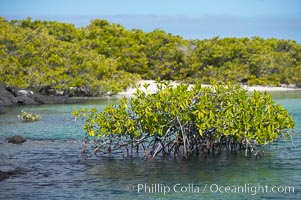
Mangrove shoreline. Mangroves have vertical branches, pheumatophores, that serve to filter out salt and provide fresh water to the leaves of the plant. Many juvenile fishes and young marine animals reside in the root systems of the mangroves. Punta Albemarle.
Location: Isabella Island, Galapagos Islands, Ecuador
Image ID: 16607
Location: Isabella Island, Galapagos Islands, Ecuador
Image ID: 16607
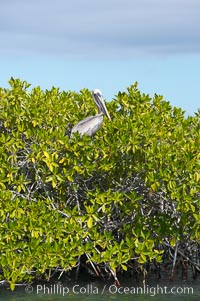
Mangrove shoreline. Mangroves have vertical branches, pheumatophores, that serve to filter out salt and provide fresh water to the leaves of the plant. Many juvenile fishes and young marine animals reside in the root systems of the mangroves. Punta Albemarle.
Location: Isabella Island, Galapagos Islands, Ecuador
Image ID: 16608
Location: Isabella Island, Galapagos Islands, Ecuador
Image ID: 16608
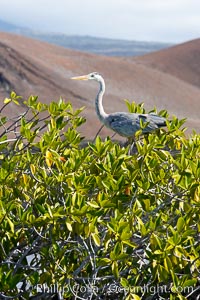
Mangrove shoreline. Mangroves have vertical branches, pheumatophores, that serve to filter out salt and provide fresh water to the leaves of the plant. Many juvenile fishes and young marine animals reside in the root systems of the mangroves. Punta Albemarle.
Location: Isabella Island, Galapagos Islands, Ecuador
Image ID: 16609
Location: Isabella Island, Galapagos Islands, Ecuador
Image ID: 16609
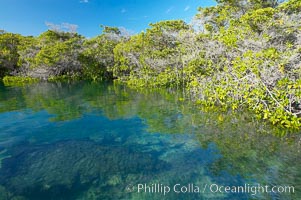
Mangrove shoreline. Mangroves have vertical branches, pheumatophores, that serve to filter out salt and provide fresh water to the leaves of the plant. Many juvenile fishes and young marine animals reside in the root systems of the mangroves. Punta Albemarle.
Location: Isabella Island, Galapagos Islands, Ecuador
Image ID: 16610
Location: Isabella Island, Galapagos Islands, Ecuador
Image ID: 16610
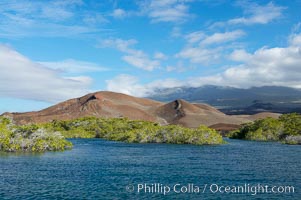
Mangrove shoreline. Mangroves have vertical branches, pheumatophores, that serve to filter out salt and provide fresh water to the leaves of the plant. Many juvenile fishes and young marine animals reside in the root systems of the mangroves. Punta Albemarle.
Location: Isabella Island, Galapagos Islands, Ecuador
Image ID: 16611
Location: Isabella Island, Galapagos Islands, Ecuador
Image ID: 16611
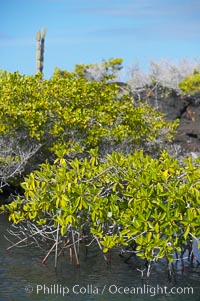
Mangrove shoreline. Mangroves have vertical branches, pheumatophores, that serve to filter out salt and provide fresh water to the leaves of the plant. Many juvenile fishes and young marine animals reside in the root systems of the mangroves. Punta Albemarle.
Location: Isabella Island, Galapagos Islands, Ecuador
Image ID: 16612
Location: Isabella Island, Galapagos Islands, Ecuador
Image ID: 16612
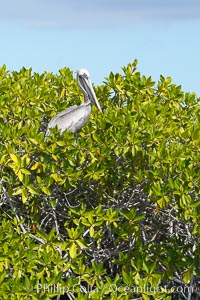
Mangrove shoreline. Mangroves have vertical branches, pheumatophores, that serve to filter out salt and provide fresh water to the leaves of the plant. Many juvenile fishes and young marine animals reside in the root systems of the mangroves. Punta Albemarle.
Location: Isabella Island, Galapagos Islands, Ecuador
Image ID: 16613
Location: Isabella Island, Galapagos Islands, Ecuador
Image ID: 16613
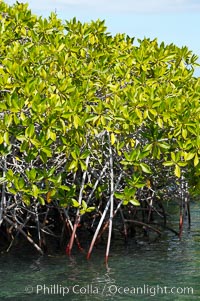
Mangrove shoreline. Mangroves have vertical branches, pheumatophores, that serve to filter out salt and provide fresh water to the leaves of the plant. Many juvenile fishes and young marine animals reside in the root systems of the mangroves. Punta Albemarle.
Location: Isabella Island, Galapagos Islands, Ecuador
Image ID: 16614
Location: Isabella Island, Galapagos Islands, Ecuador
Image ID: 16614
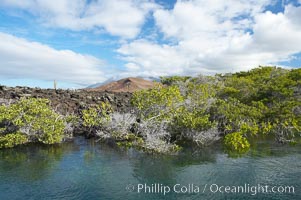
Mangrove shoreline. Mangroves have vertical branches, pheumatophores, that serve to filter out salt and provide fresh water to the leaves of the plant. Many juvenile fishes and young marine animals reside in the root systems of the mangroves. Punta Albemarle.
Location: Isabella Island, Galapagos Islands, Ecuador
Image ID: 16615
Location: Isabella Island, Galapagos Islands, Ecuador
Image ID: 16615
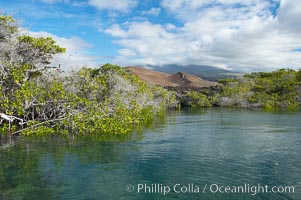
Mangrove shoreline. Mangroves have vertical branches, pheumatophores, that serve to filter out salt and provide fresh water to the leaves of the plant. Many juvenile fishes and young marine animals reside in the root systems of the mangroves. Punta Albemarle.
Location: Isabella Island, Galapagos Islands, Ecuador
Image ID: 16616
Location: Isabella Island, Galapagos Islands, Ecuador
Image ID: 16616
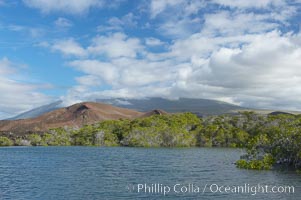
Mangrove shoreline. Mangroves have vertical branches, pheumatophores, that serve to filter out salt and provide fresh water to the leaves of the plant. Many juvenile fishes and young marine animals reside in the root systems of the mangroves. Punta Albemarle.
Location: Isabella Island, Galapagos Islands, Ecuador
Image ID: 16617
Location: Isabella Island, Galapagos Islands, Ecuador
Image ID: 16617
